Match Ball to Sport: The Ultimate Guide

Choosing the right ball for your sport is crucial for optimal performance, safety, and enjoyment. Whether you’re a professional athlete or a casual player, understanding the specific requirements of your sport ensures you make the best choice. From soccer balls to basketballs, tennis balls to golf balls, each is designed with unique features tailored to its respective game. This guide will walk you through everything you need to know to match the ball to your sport effectively.
Why the Right Ball Matters
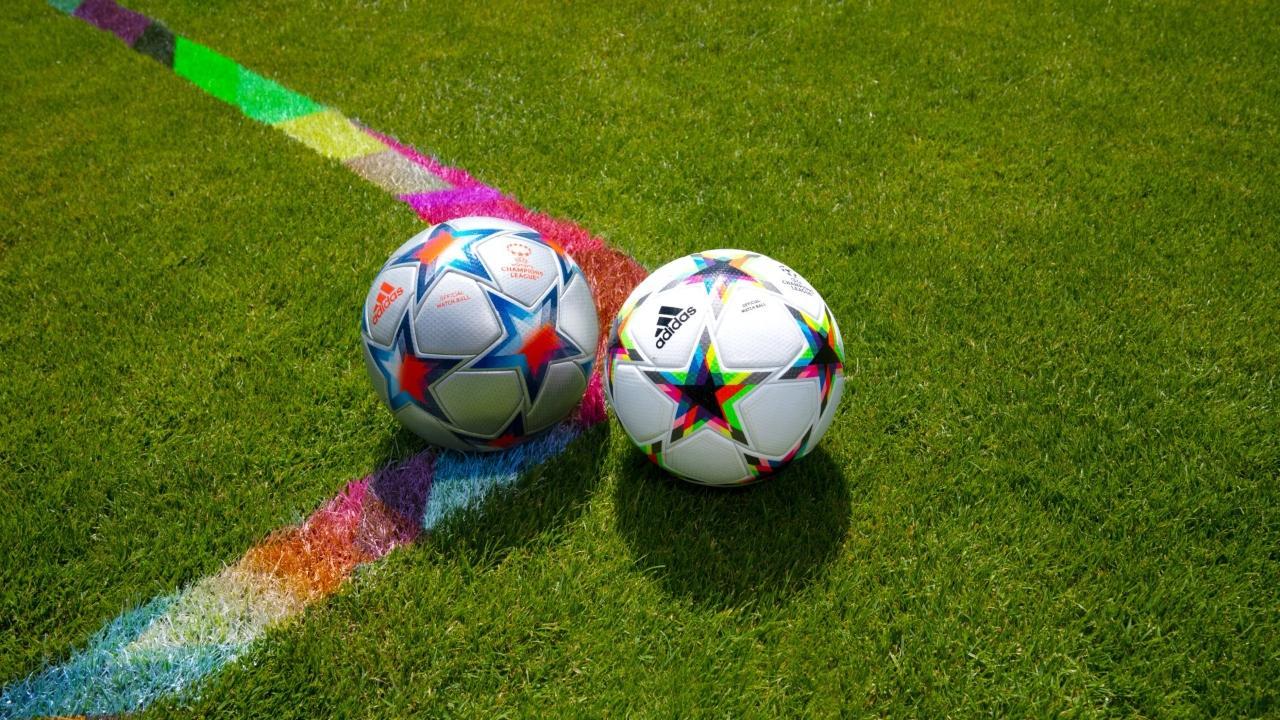
Using the correct ball enhances your playing experience and prevents injuries. For instance, a soccer ball is designed to withstand kicks and outdoor conditions, while a basketball is optimized for dribbling and shooting on hard courts. The wrong ball can affect your technique, performance, and even the game’s outcome.
Key Factors to Consider When Choosing a Ball
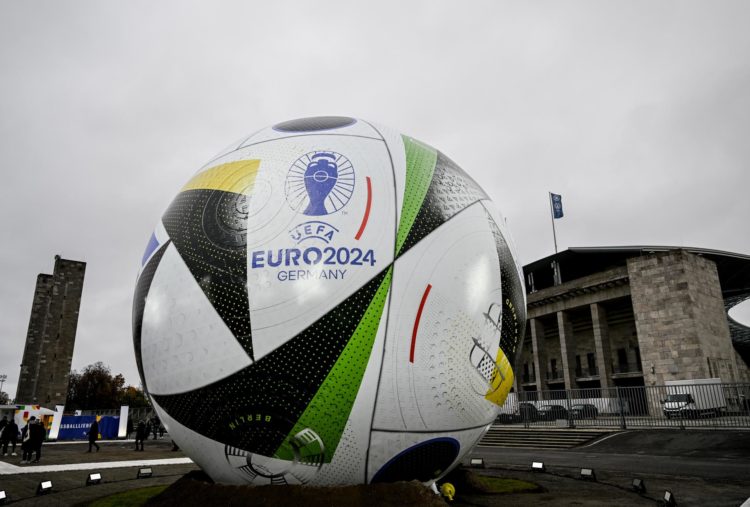
When selecting a ball, consider the following factors:
- Material: Leather, synthetic, or rubber? The material impacts durability and grip.
- Size: Balls come in various sizes, often determined by age or skill level.
- Weight: Lighter balls are easier to control, while heavier ones offer stability.
- Surface: Indoor or outdoor? The playing surface affects the ball’s performance.
📌 Note: Always check the sport’s official regulations for ball specifications.
Match Ball to Sport: A Breakdown
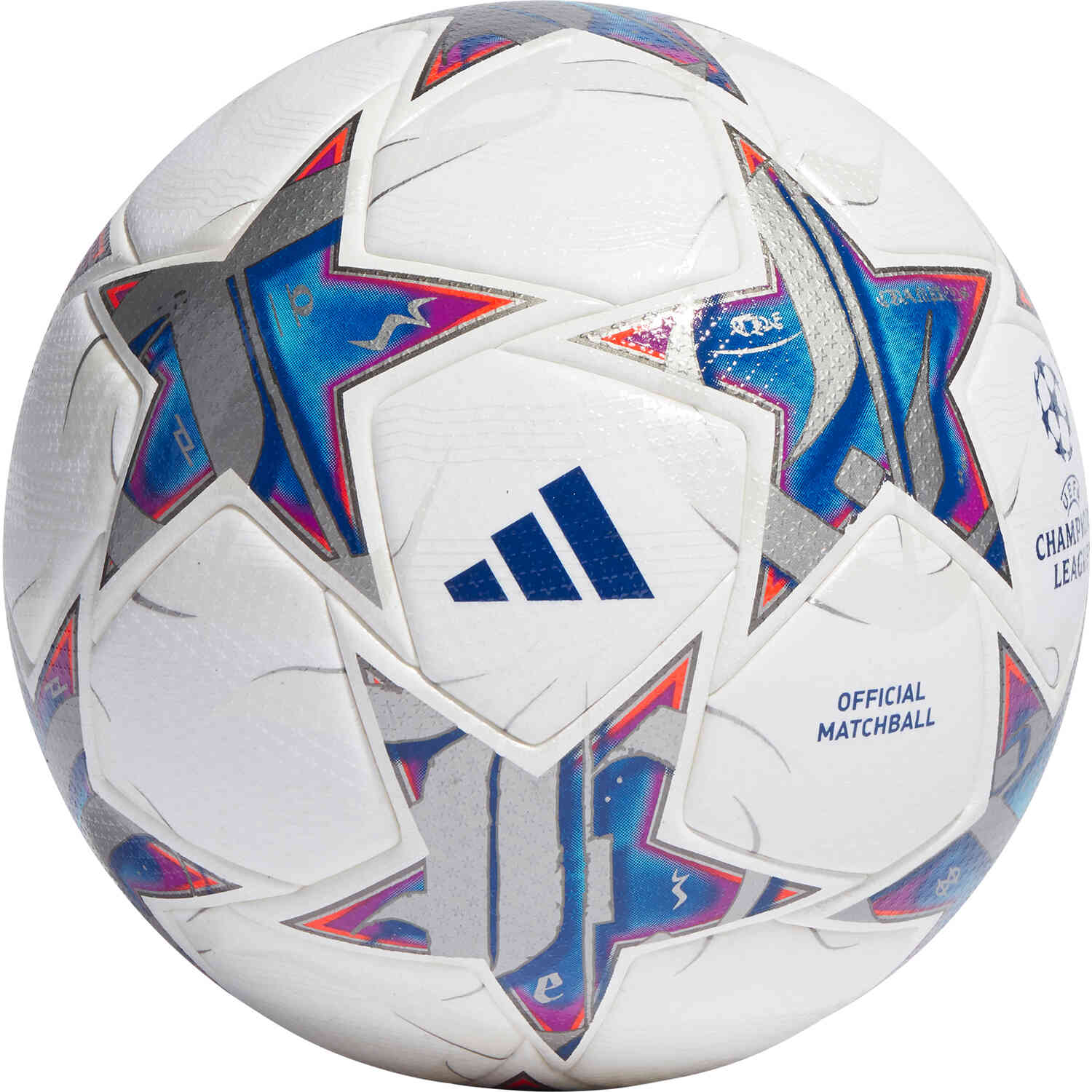
Soccer (Football)
Soccer balls are typically made of synthetic leather or polyurethane, designed for durability and consistent flight. They feature a 32-panel design and are available in sizes 3, 4, and 5, depending on age and skill level.
Basketball
Basketballs are made of rubber or composite leather, with a grippy surface for better control. They come in sizes 6 (youth) and 7 (standard) and are ideal for indoor or outdoor courts.
Tennis
Tennis balls are lightweight, covered in felt, and pressurized for optimal bounce. They are used on various surfaces like grass, clay, or hard courts.
Golf
Golf balls are small, dimpled, and designed for maximum distance and control. They are made of materials like urethane or surlyn, catering to different playing styles.
| Sport | Ball Material | Size | Ideal Surface |
|---|---|---|---|
| Soccer | Synthetic Leather | 3, 4, 5 | Grass, Turf |
| Basketball | Rubber/Composite Leather | 6, 7 | Indoor/Outdoor Courts |
| Tennis | Felt, Rubber | Standard | Grass, Clay, Hard Court |
| Golf | Urethane/Surlyn | Small | Golf Courses |
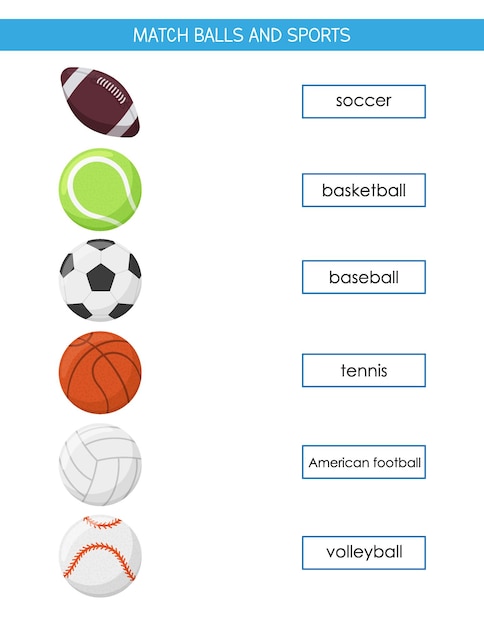
Commercial Considerations: Buying the Right Ball
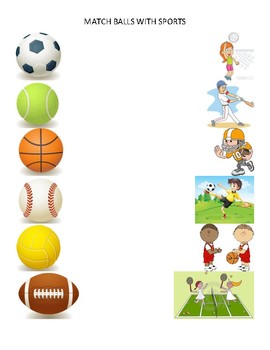
If you’re in the market for a new ball, consider these tips:
- Brand Reputation: Opt for trusted brands known for quality.
- Price vs. Quality: Balance your budget with the ball’s durability and performance.
- Reviews: Check user reviews to gauge the ball’s performance in real-world scenarios.
Checklist for Choosing the Perfect Ball
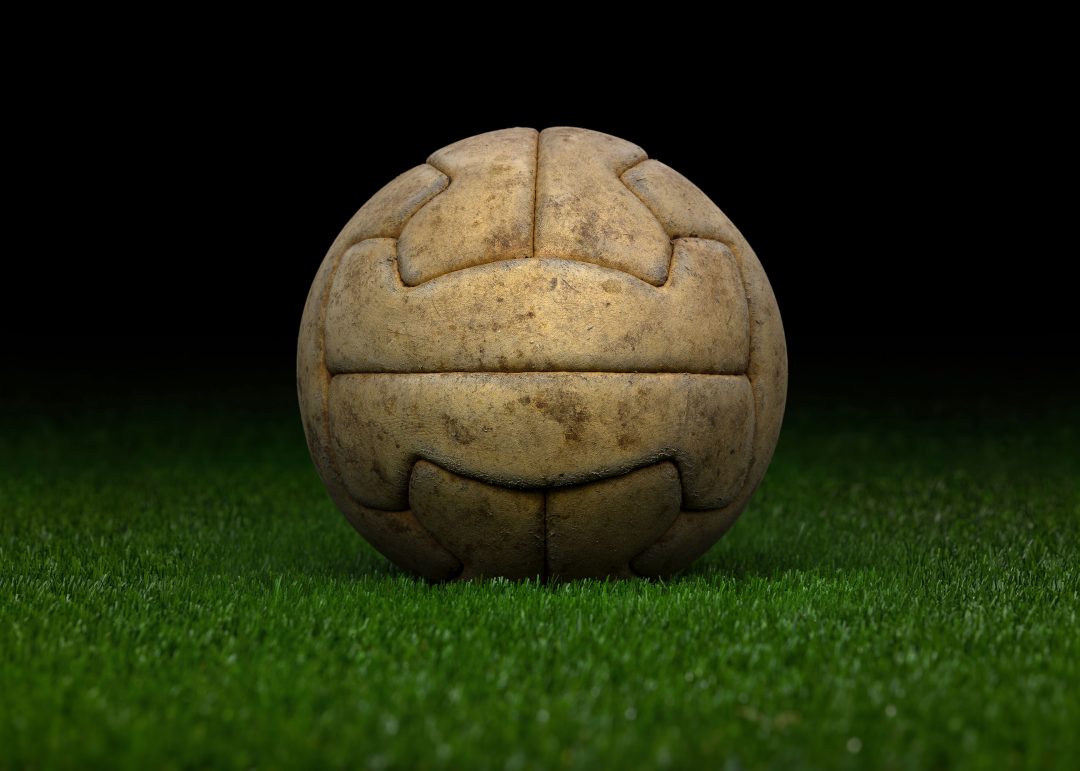
- Determine your sport and playing level.
- Check official regulations for size and material.
- Consider the playing surface (indoor/outdoor).
- Test the ball for grip, bounce, and durability.
- Compare prices and read reviews before purchasing.
Choosing the right ball for your sport is an investment in your game. By understanding the unique features of each ball, you can enhance your performance and enjoyment. Whether you’re playing soccer, basketball, tennis, or golf, the right ball makes all the difference.
What size soccer ball should I buy for my child?
+For children under 8, size 3 is ideal. Ages 8–12 should use size 4, and ages 13+ should use size 5.
Can I use an indoor basketball outdoors?
+While possible, indoor basketballs wear out faster outdoors due to rough surfaces. Use outdoor-specific balls for longevity.
How often should I replace my tennis balls?
+Replace tennis balls every 2–3 matches or when they lose their bounce and become too soft.
soccer balls, basketballs, tennis balls, golf balls, sports equipment, ball size guide,

